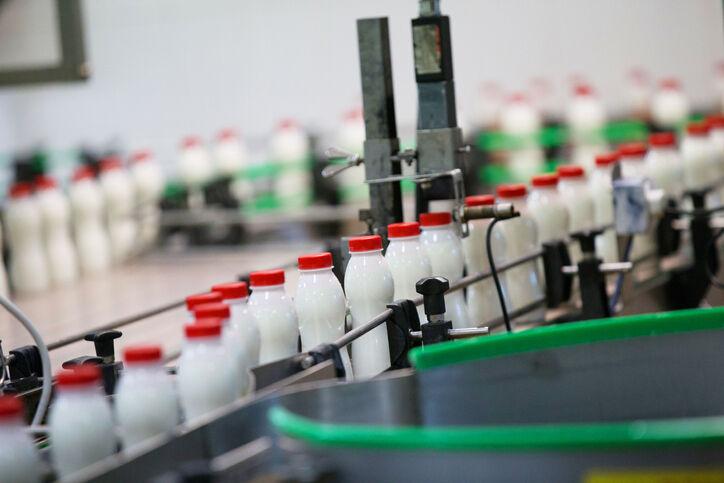 Today’s article begins a short series on the history of milk pricing in the United States, as I firmly believe in the old adage, “To ignore history is to repeat it.”
Today’s article begins a short series on the history of milk pricing in the United States, as I firmly believe in the old adage, “To ignore history is to repeat it.”
Today’s article begins with the dairy industry in the early part of the 20th century and ends just prior to World War I.
It was all about the dealers/processors in the late 1800s and early 1900s. As the 19th century was coming to an end, producers had some success in forcing dealers to consider a pricing plan for milk, but it certainly was not easy. There were issues with seasonal production, yearly production differences and the seasonal changes in consumer demands. Those demands did not always match production levels and, of course, storage of a perishable commodity was not a possibility.
Prices received by each farmer could be drastically different, and competition between newly formed dairy cooperatives and independent processors was already affecting the market. Once manufacturing plants were in place, they also affected prices paid to farmers. Fluid processors paid higher prices for milk than the manufacturers, and large processors usually dealt with the cooperatives because of the one-stop availability of a higher volume of milk.
The differences in what type of entity purchased fluid milk led to the development of three types of pricing systems — flat pricing, base excess pricing, and class pricing.
Flat pricing — a specific price paid to a producer for total milk purchased — is the simplest of the three. There were problems with a flat price, though, as producers were often dropped by processors during times of low demand and added when the demand was high. Since they did not negotiate with cooperatives for milk, this is the system most used by small processors at the time. For those processors, difficulties arose when they were often forced to market products at lower prices than they paid for producer milk.
Farmers paid through the base excess pricing system received fluid milk prices for all milk sold up to the established production base. This system was intended to deal with production during the short supply months and was updated as often as every year. Any milk sold above the established base level was paid for using the manufacturing price, which was lower. While the base excess pricing was better than flat pricing, the issues with seasonal production were still there, and it also sparked concerns among groups advocating some form of equitable payments to producers, as base pricing usually generated more for participating producers than the flat pricing system.
Surplus milk during the flush months that also had low consumer demand led cooperatives to develop a class system of pricing, which would be based on what we now call end use or utilization. This system was seen as beneficial to producers and was especially favorable to advocates of equitable pricing because cooperatives pooled money received from sales of all milk classes and divided it equally among their respective cooperative producer members.
Classified pricing started in the Boston area in the late 1800s, around 1885-86, and by the 1920s and 1930s was put in place in other major milk markets.
Once these plans were in place, a hybrid soon emerged — the base rating plan — which was a combination of classified pricing and the base excess pricing system. The base rate was a price resulting from adding the average price for all fluid milk sold to the price for any lower class milk (up to the total volume sold). The base rating system was seen as a system that effectively dealt with two major issues — seasonal fluctuations in production and demand, and equitable distribution of milk sales revenues.
World War I, however, brought unique stressors to the market, and flaws with the existing pricing structures were magnified.
Next week’s article addresses milk pricing during World War I and the Great Depression. I am grateful to Dr. Andrew Novakovic for giving me permission to use his and Eric Erba’s 2005 article, “The Evolution of Milk Pricing and Government Intervention in Dairy Markets,” in developing the early history of pricing for this series of articles.
As a side note, four of our current Pennsylvania dairy processors were founded before 1920. Two of those existed by 1880.
The Pennsylvania Milk Marketing Board is always available to address concerns and questions. I can be reached at 717-210-8244 or by email at chardbarge@pa.gov
Source: lancasterfarming.com









